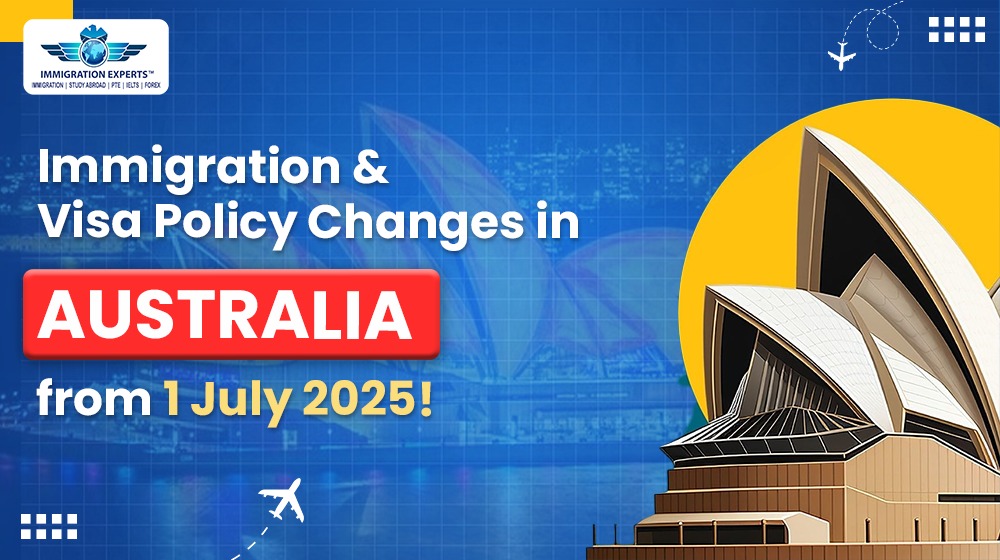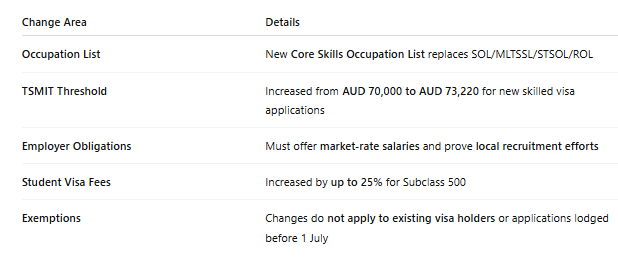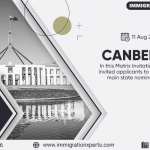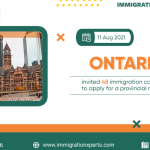
Immigration & Visa Policy Changes in Australia from 1 July 2025!
Starting 1 July 2025, the Australian government has rolled out significant revisions to its immigration and skilled visa systems. These updates are designed to better align visa options with national economic priorities, tackle authentic labour shortages, and uphold fairness in the job market.
Here’s a breakdown of what’s new and how these changes may influence aspiring migrants, current visa holders, employers, and international students.
Understanding the Impact of Australia’s Immigration Changes on Future Applicants
1. Introduction of the Core Skills Occupation List (CSOL)
Replacing the previous Skilled Occupation Lists, the government has introduced a more adaptive Core Skills Occupation List (CSOL). This newly launched list includes occupations that represent genuine gaps in Australia’s workforce and aims to:
- Make the skilled migration process more efficient
- Give preference to occupations in demand
- Offer clarity and predictability for both applicants and sponsoring employers
The CSOL now serves as the unified list, replacing the Medium and Long-term Strategic Skills List (MLTSSL), Short-term Skilled Occupation List (STSOL), and Regional Occupation List (ROL).
Visas Affected:
- Subclass 189 – Skilled Independent
- Subclass 190 – State/Territory Nominated
- Subclass 491 – Skilled Work Regional (Provisional)
- Subclass 494 – Employer Sponsored Regional
2. Raised Income Threshold for Skilled Visas
To maintain competitive local wages and ensure fair remuneration for foreign workers, the government has increased the Temporary Skilled Migration Income Threshold (TSMIT) by 4.6%.
Revised Income Levels:
- Previous TSMIT: AUD 70,000
- New TSMIT (from 1 July 2025): AUD 73,220
This adjustment is applicable only to new employer nominations submitted on or after 1 July 2025.
Note: Applications and visa holders before this date will not be affected.
3. Tighter Employer Sponsorship Conditions
Businesses intending to sponsor overseas workers must now comply with more stringent guidelines, such as:
- Offering salaries that reflect fair market rates and comply with Australian laws
- Providing proof of thorough local recruitment efforts, including domestic job advertisements
These steps ensure that skilled visas are granted only when no suitable Australian candidates are available.
4. Hike in Student Visa Application Fees
As of 1 July 2025, student visa application costs have been increased—by up to 25%—to reflect administrative costs and ongoing system upgrades.
Updated Charges:
- Main applicant: AUD 2,000 (previously AUD 1,600)
- Dependents (18 and over): AUD 1,225 (up from AUD 1,190)
- Dependents (under 18): AUD 400 (previously AUD 390)
These new fees apply to all Subclass 500 - Student Visa submissions made on or after the effective date.
5. Expert Commentary on the Reforms
In a conversation with SBS Nepali, licensed migration expert Sambhu Kandel, based in Sydney, noted that these updates indicate the government’s strong push toward improving migration integrity and reducing system misuse.
“By focusing on critical skill gaps and reinforcing employer obligations, Australia is aiming to create a more targeted, fair, and streamlined skilled migration system,” he stated. “Understanding these updates thoroughly is crucial for both employers and applicants.”
Summary of What Changed on 1 July 2025

What You Should Do Next
For Applicants:
- Check your eligibility against the new Core Skills Occupation List
- Ensure your job offer meets the updated salary requirement
- If applying for study, budget accordingly for increased visa fees
For Employers:
- Verify that job roles and pay scales comply with new standards
- Keep records of local recruitment attempts
Need Support Navigating These Updates?
Apical Immigration Experts are here to guide skilled professionals, employers, and students through the latest Australian immigration requirements.
Connect with our team for personalised advice and expert assistance.





